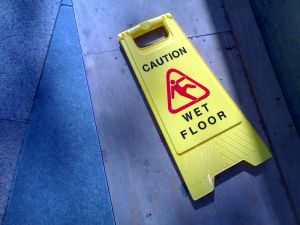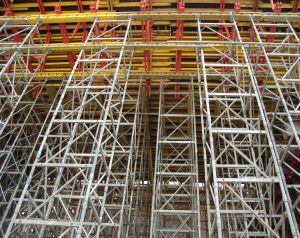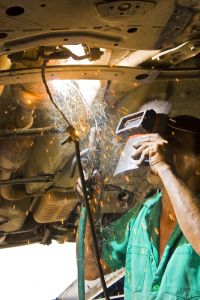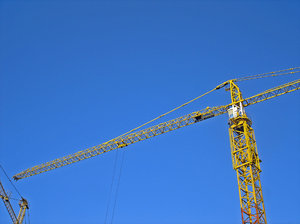You see it on the news all the time. Convenience stores are robbed each and every day. It’s not the stolen goods that concern us, but the safety of these vulnerable workers. The most common type of work danger that these employees face is robbery and assault.

Each and every year, there are about 30,000 convenience store workers who are at risk for injuries that are related to robberies. Many of these incidents can result in serious or fatal injuries.
Our Braintree workers’ compensation lawyers would like to remind all night-shift workers to be safe and to be alert to their surroundings. You can work to reduce your risks for one of the incidents, but ultimately it’s your employer who is responsible to make sure that the premise is secure and safe. This can include making sure that there are security lights, the parking lot is well lit, and that there are security cameras. It also means using common sense in scheduling employees to work alone, particularly young women. It’s up to you to make sure that your employer is making sure that all of the proper safety precautions are being taken to ensure your safety on the job. Your job should be fun and enjoyable, never dangerous or threatening.
Robberies are the most common crime committed at convenience stores across the nation. Unfortunately, many of these robbers come with no concern for the workers at the establishment. They’ve got their eye on the prize and they’ll stop at nothing to get it.
It’s when robbers and even every day customers get angry that workplace violence occurs. According to the Centers for Disease Control and Prevention (CDC), there are about 1.7 million people who are the victim of a violent crime on the job every year. About 75 percent of these incidents were merely simple assaults while the rest were considered aggravated assaults.
From 1992 to 2010, there were close to 14,000 people who were the victims of homicide on the job. This means that there was an average of more than 700 each year.
Employee safety requires that all employees are trained and that there’s a commitment from everyone in the company. Store security should be taken very seriously to help to protect workers.
Keeping Your Store Safe:
-Never let anyone in after hours.
-Never work alone.
-Always leave the radio or the television on in the back room to make it appear that someone is close by.
-Ask local law enforcement officers what to do should there be a robbery taking place at your location.
-If you’re ever robbed — DO NOT RESIST.
-Keep store windows clear.
-Never keep large bills accessible during off-peak hours.
-Make sure every customer is greeted to alert other employees.
-Keep height markers on the door trim to aid in descriptions.
Continue reading
 Massachusetts Workers Compensation Lawyers Blog
Massachusetts Workers Compensation Lawyers Blog












